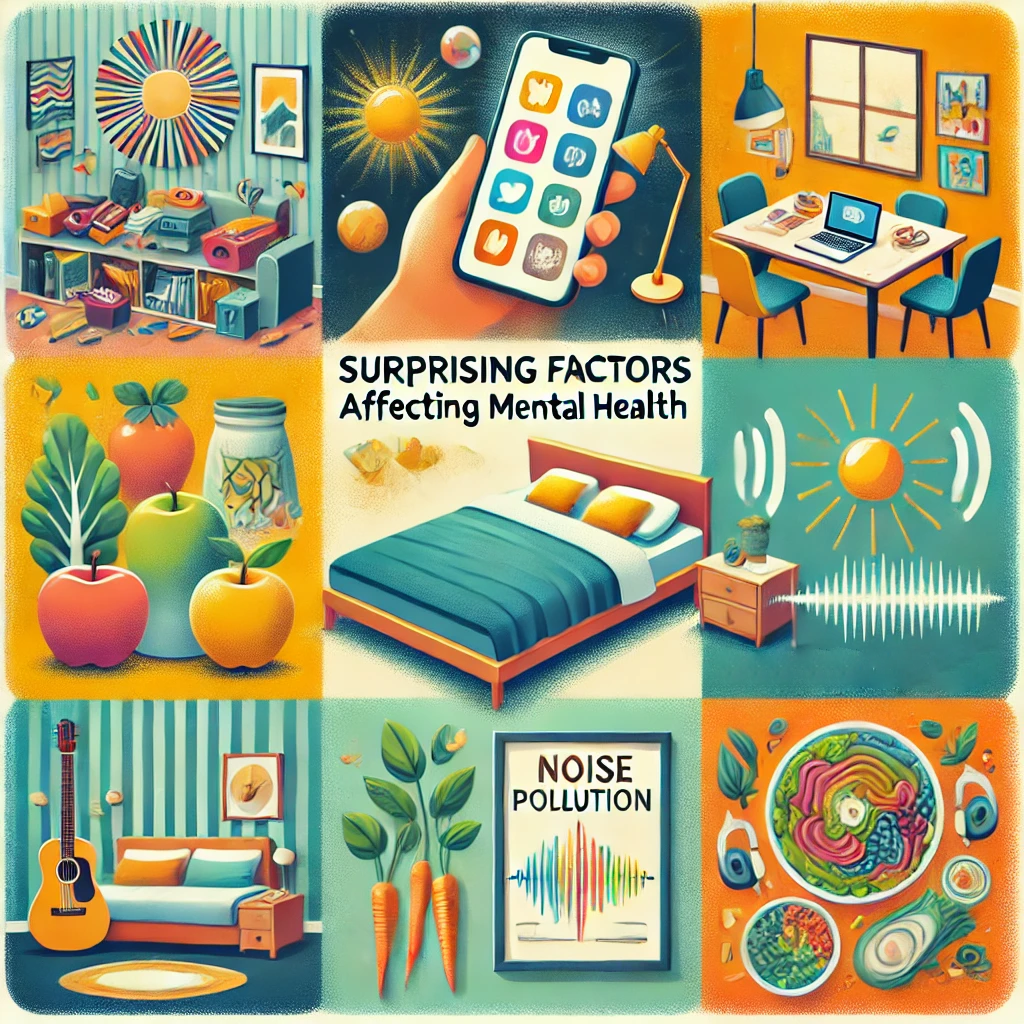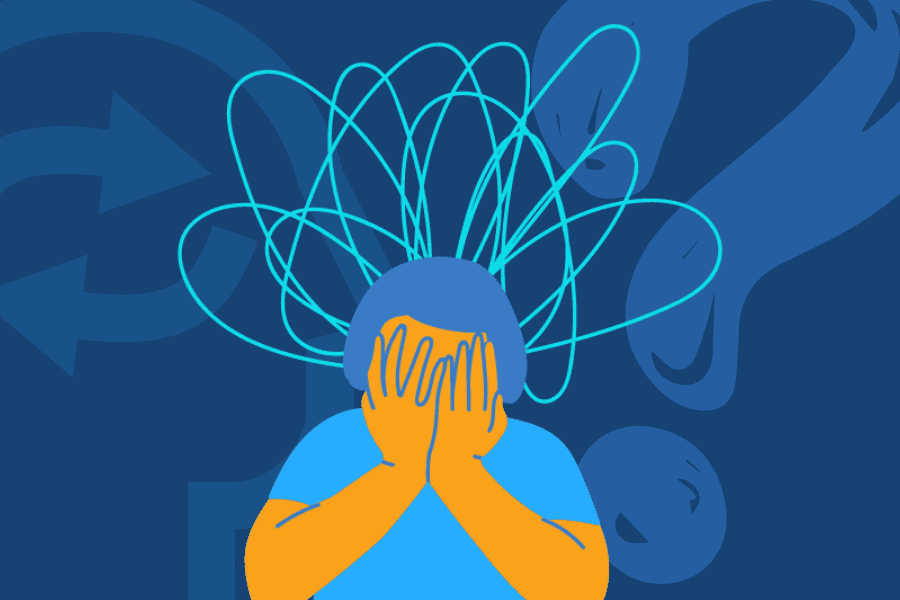When people think of workers’ compensation, they often picture physical injuries: slips, falls, back pain, repetitive strain. But the truth is that California’s workers’ compensation system also covers psychological injuries under certain conditions. If you’ve been struggling with anxiety, depression, or trauma due to your work environment, you might be eligible for support through workers’ comp.
Here’s what you need to know about mental health claims and how licensed therapists can help.
What Is a Psychological Workers’ Comp Claim?
Psychological or psychiatric injury claims are filed when an employee suffers from a mental health condition caused or worsened by their job. These conditions might include:
- Generalized anxiety
- Work-related panic attacks
- Major depressive disorder
- Post-traumatic stress disorder (PTSD)
- Adjustment disorders
In California, Labor Code 3208.3 recognizes psychiatric injuries as a legitimate basis for a claim, provided certain criteria are met.
What Qualifies as a Valid Mental Health Claim in California?
For a psychological claim to be considered valid, it typically must meet these requirements:
- The employee has worked at the job for at least six months (exceptions exist for sudden trauma).
- The condition is diagnosed by a licensed psychologist or psychiatrist.
- The condition is more than a normal response to work stress; it must meet the DSM-5 criteria for a recognized mental disorder.
- Work must be the predominant cause (51% or more) of the psychological injury.
In some cases, traumatic events (e.g., witnessing a workplace accident or experiencing workplace violence) can trigger valid claims even without the six-month employment minimum.
Examples of Work-Related Psychological Injuries
- A nurse develops PTSD after repeated exposure to traumatic ER situations.
- A teacher experiences panic attacks due to sustained harassment by administrators.
- An office worker develops depression following workplace bullying and excessive overtime demands.
- A technician suffers anxiety and insomnia after a serious on-site injury.
How SF Stress & Anxiety Center Can Help
At SF Stress & Anxiety Center, we understand the deep impact of workplace-related mental health issues. Our licensed psychologists and therapists have experience working with clients involved in workers’ compensation claims and can:
- Provide official diagnostic assessments required for filing a claim.
- Offer evidence-based therapy such as CBT, EMDR, and ACT tailored to trauma, anxiety, and depression.
- Support individuals already approved for mental health services through workers’ comp insurance.
- Communicate effectively with legal teams and case managers, when needed.
We’re uniquely positioned to help you navigate these challenges, and our intake team can match you with a provider experienced in workers’ comp psychological care.
Available In-Person & Online in California
We serve clients across the state through secure virtual therapy as well as from our offices in San Francisco, Oakland, Sacramento, Santa Monica, and more. If you’re unsure whether your case qualifies, our team can help guide you in the right direction.
FAQs: Workers’ Comp & Mental Health Claims
Is therapy for job-related anxiety covered by workers’ comp?
Yes, if the anxiety is diagnosed by a licensed provider and is predominantly caused by your work environment, it may be eligible.
Do I need to see a workers’ comp doctor first?
Usually, yes. However, your attorney or employer may allow you to predesignate a provider. SF Stress can assist in this process.
Can I continue seeing my current therapist if I open a workers’ comp case?
Only if that therapist is within the workers’ comp medical provider network (MPN) or predesignated by you prior to injury.
Does SF Stress accept workers’ comp insurance?
We can work with various systems depending on the claim status. Please contact our intake team for details.
What if my workplace trauma happened months ago?
Psychological injuries can still qualify even if some time has passed. Don’t wait, seek support and guidance now.
You’re Not Alone. Support Is Available.
Psychological injuries can be just as painful and disruptive as physical ones and they deserve the same level of care and validation. If your work has taken a toll on your mental health, you have options.
Contact SF Stress & Anxiety Center today to get matched with a clinician experienced in workers’ comp-related mental health treatment. Whether you’re just exploring your options or already involved in a claim, we’re here to help you take the next step toward healing.









 SF Stress therapist
SF Stress therapist 
